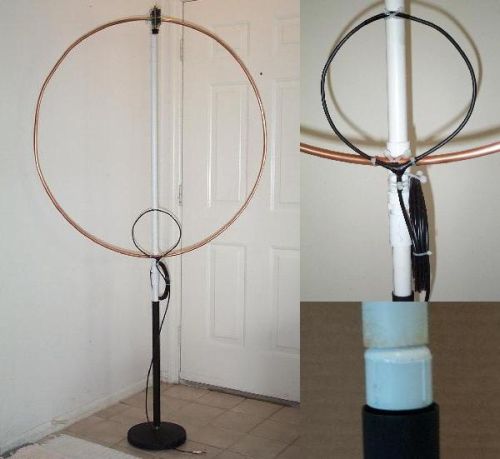Although I have successfully used a large 80m sq vertical wire loop (made with 32 x 0.2mm PVC covered wire) on both 137 and 500kHz, I have never tried a hi-Q small loop on HF transmit. There is a very useful calculator available at
http://www.66pacific.com/calculators/small_tx_loop_calc.aspx which suggests a 3m circumference loop using a 5mm diameter conductor - for example small bore copper pipe or a thick coax cable - would have a loss of only 0.9dBd and a bandwidth of 352kHz at 28MHz. This would comfortably cover both 28MHz CW, data, WSPR and beacons without retuning.
An advantage of magnetic loop antennas is reduced detuning from nearby objects so this antenna, if mounted in the loft space, might make a neat and efficient stealth antenna for 10m. I guess one could even arrange to switch the tuning capacitor remotely so that several sub-bands could be covered. When using QRP power levels, as I do, the high voltages and currents that are encountered in small loops are less problematic. For example, choice of variable or fixed tuning capacitors is less onerous than if using 100W.
KR1ST has some nice information on magnetic loop antennas on
his website. I hope he doesn't mind me linking to the image of his magnetic loop on his site. There is also some
useful loop information on the Wikipedia site.
In all, I think I'm missing out (so far) on a whole range of antenna experiments!






